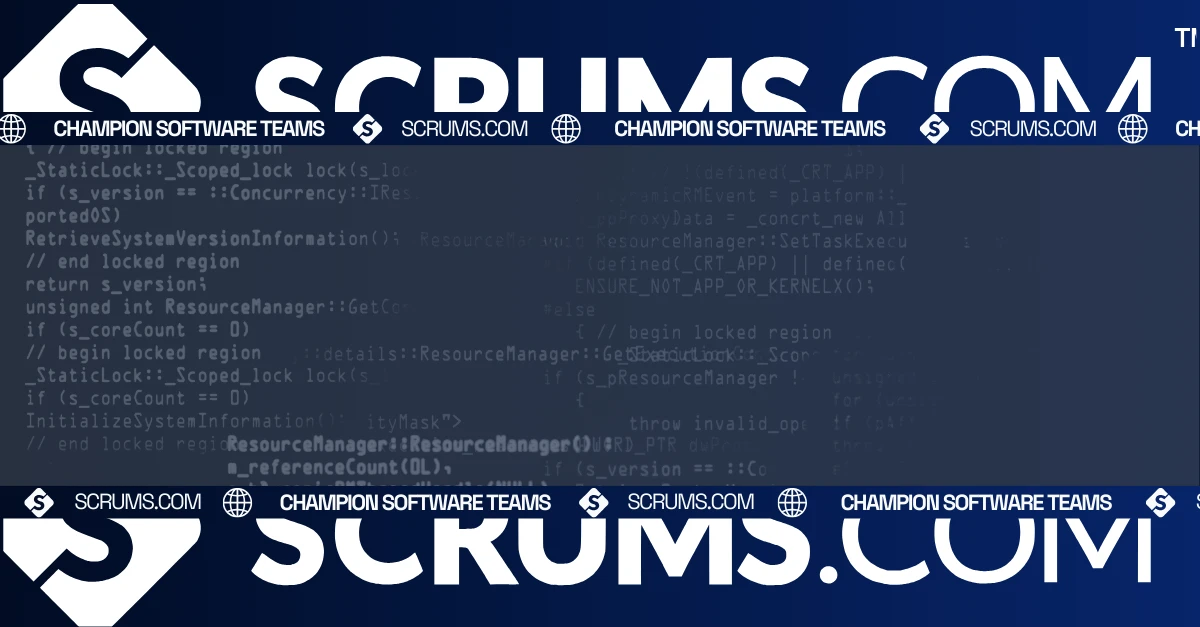KDB: Kx Systems kdb+ Time-Series Database
Repository Overview
Kx Systems/kdb+ is an open-source repository that offers access to kdb+, a high-performance time-series database designed for real-time analytics on large datasets. Widely used in financial services, telecommunications, and other industries that require fast, reliable processing of time-series data, kdb+ is known for its efficiency and speed. Targeted at software development companies, data engineers, quantitative analysts, and developers, kdb+ is ideal for businesses looking to build powerful data-driven applications.
Information compiled in September 2024, information is subject to change:
- Stars on GitHub: 420
- Forks: 164
- Contributors: 12
- Last Update: August 2024
Core Features and Benefits
High-Performance Time-Series Database: kdb+ is optimized for handling large volumes of time-series data, providing rapid query performance and efficient data storage.
In-Memory Analytics: kdb+ uses an in-memory analytics engine, which allows for real-time processing and analysis, a critical requirement for industries like finance.
q Language Integration: kdb+ comes with its own expressive, array-based query language, q, designed for complex data manipulations and aggregations, offering a steep learning curve but powerful capabilities.
Data Compression and Efficiency: The database employs advanced data compression techniques to reduce storage costs while maximizing data retrieval speed.
Scalability and Flexibility: kdb+ is highly scalable, capable of handling petabytes of data across distributed systems while maintaining low latency.
Benefits for Developers:
- Provides a powerful platform for building time-series applications with fast query execution and robust analytical capabilities.
- Reduces the time and complexity involved in managing large-scale time-series data with the
qlanguage.
Benefits for Business Stakeholders:
- Enables real-time decision-making through rapid data processing.
- Reduces infrastructure costs due to data compression and efficient memory usage.
Use Cases
Financial Market Data Analysis: kdb+ is widely used in financial institutions to analyze tick-by-tick market data, build trading algorithms, and perform real-time risk management.
IoT Data Management: kdb+ is employed in Internet of Things (IoT) applications to manage and analyze large volumes of time-series data generated by connected devices in real time.
Telecommunications Analytics: Telecommunication companies leverage kdb+ for network monitoring and anomaly detection, enabling them to quickly react to network events and optimize performance.
Getting Started Guide
Installation: Clone the kdb+ repository from GitHub and install it by following the instructions provided in the README file:
git clone https://github.com/KxSystems/kdb.git
cd kdb
make install
Configuration: Configure the q environment and set up kdb+ according to the desired memory and storage requirements.
Sample Code: Implement a simple query using the q language to retrieve time-series data:
q) select from trade where time within (09:30; 16:00)
Documentation and Support: Refer to the Kx Systems/kdb+ documentation for comprehensive guides, tutorials, and advanced usage scenarios.
Community and Support
Kx Systems/kdb+ benefits from a strong community of developers, data scientists, and financial professionals. Key resources for support include:
- GitHub Issues: For reporting bugs, requesting features, and community discussions.
- Kx Community Forums: Platforms for developers and users to collaborate, ask questions, and share best practices.
- Official Documentation: Detailed guides, examples, and API references are available on the Kx Systems website.
Integration Possibilities
Kdb+ integrates well with various data analytics tools, cloud platforms, and programming languages like Python, Java, and R. It can be easily integrated into existing data pipelines, enabling seamless data flow and processing across multiple platforms. The integration with popular machine learning libraries further allows for advanced data analytics and predictive modeling.
Performance and Scalability
Kdb+ is designed for high performance and scalability, capable of handling millions of records per second. Its in-memory architecture and efficient data compression ensure low-latency data retrieval and processing, making it suitable for large-scale, real-time analytics applications. However, users may need to optimize configurations based on specific use cases and hardware resources.
Licensing and Security Considerations
Kx Systems/kdb+ is distributed under a commercial license, which allows businesses to use the software in proprietary applications. The repository is actively maintained to address security vulnerabilities and performance optimizations. Users are encouraged to review the licensing terms to ensure compliance when integrating kdb+ into their software systems.
Maintenance and Longevity
Kx Systems/kdb+ is actively maintained by Kx Systems, with regular updates and contributions from the developer and user communities. The repository's longevity is supported by its widespread use in critical industries like finance, telecommunications, and IoT, where real-time analytics and high performance are essential.
Alternatives and Comparisons
InfluxDB: A popular open-source time-series database but lacks the in-memory analytics capabilities and speed provided by kdb+.
TimescaleDB: Built on PostgreSQL and offers SQL compatibility, but may not provide the same level of performance for real-time analytics as kdb+.
Druid: A real-time analytics database designed for OLAP queries but may require more complex configurations compared to kdb+.
Our Recommendation
Why Choose Kx Systems/kdb+? If your organization needs a high-performance, time-series database capable of handling real-time analytics at scale, Kx Systems/kdb+ is an excellent choice. It offers powerful in-memory processing, advanced data compression, and a rich set of features through its q language, making it ideal for industries where data speed and accuracy are paramount.
Common FAQs Around this Code Repo
The repository includes a comprehensive guide and tutorials on the q language. Start with the basics and advance to more complex queries to master data analysis in kdb+.
Yes, while kdb+ is popular in finance, it is also used in IoT, telecommunications, and other sectors requiring high-performance data processing.
kdb+ is highly efficient and can run on a range of hardware setups, from standard servers to high-performance computing environments, depending on the data volume and application requirements.
You can contribute by submitting pull requests, improving documentation, or participating in community discussions on GitHub.
Absolutely. kdb+ is optimized for both real-time and historical data analysis, making it perfect for data streaming and real-time applications.
Explore Software Development Blogs
The most recent trends and insights to expand your software development knowledge.






